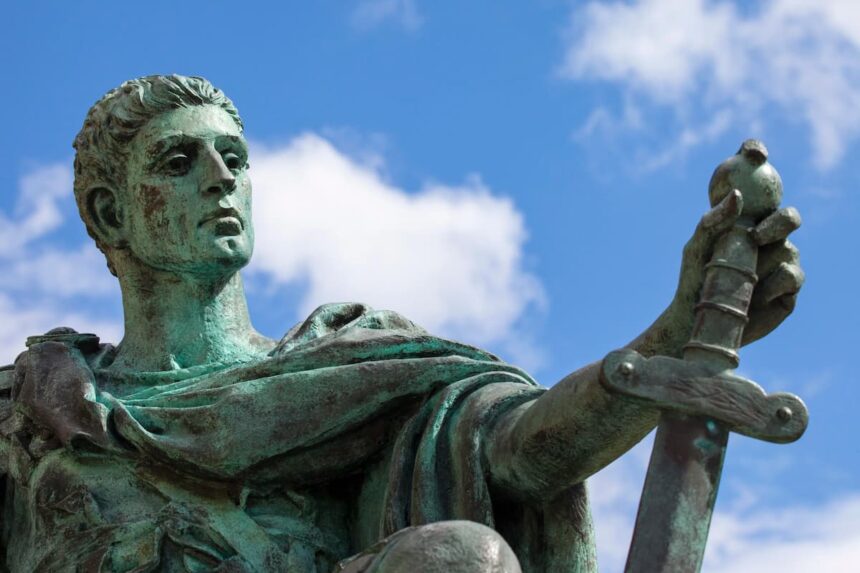How Constantine Changed the Destiny of Christianity
According to legend, in the 4th century, Emperor Constantine (also known as Constantine the Great) converted to Christianity after witnessing a miracle. In reality, his decision was more of a political calculation. Christianity provided a means to unify his empire. However, this did not prevent him from remaining a ruthless ruler until the end—ordering the assassination of his wife and son.


